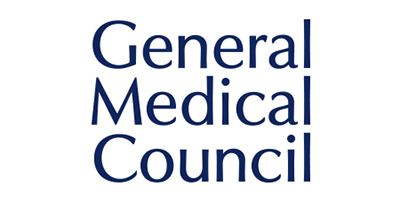Ganglions
They are outpouchings of fluid from nearby joints or tendons. They most commonly occur on the back or the front of the wrist, although they can also occur in the palm or any or the fingers. They can fluctuate in size and can cause pain. About half of them will disappear spontaneously within 1-2 years
Causes
In most cases, it is unknown, but they can associated with osteoarthritis in older patients. In children and young adults without arthritis, they may be caused by microtrauma, but we think there are multiple factors involved.
Imaging with ultrasound or MRI may be requested after the consultation to confirm the size, which joint it is coming from and to help confirm the diagnosis.
Treatment options
Aspiration
The fluid is very viscous but in certain circumstances under a local anaesthetic it can be removed with a needle and syringe in the clinic. This is usually only possible for ganglions on the back of the wrist. The recurrence rate is about 50%.
Surgery
This is a day case where the arm is numbed or a general anaesthetic and surgery can take 45-60 minutes depending on the complexity.
Complications
Surgery for ganglion removal is generally safe and predictable. Complications however can occur. These include nerve and artery injury as well as tendon damage, wound infection, recurrence (20-30%) and stiffness. Scars may be thickened or widened.
Recovery time
A bandage is applied at the end of the procedure and allows moderate hand use. The wound is checked at 1 week and at 2 weeks when the dressings are removed and the stitches are removed if they are not dissolvable ones. Good hand function should be possible after this time, but it may be uncomfortable for longer.





